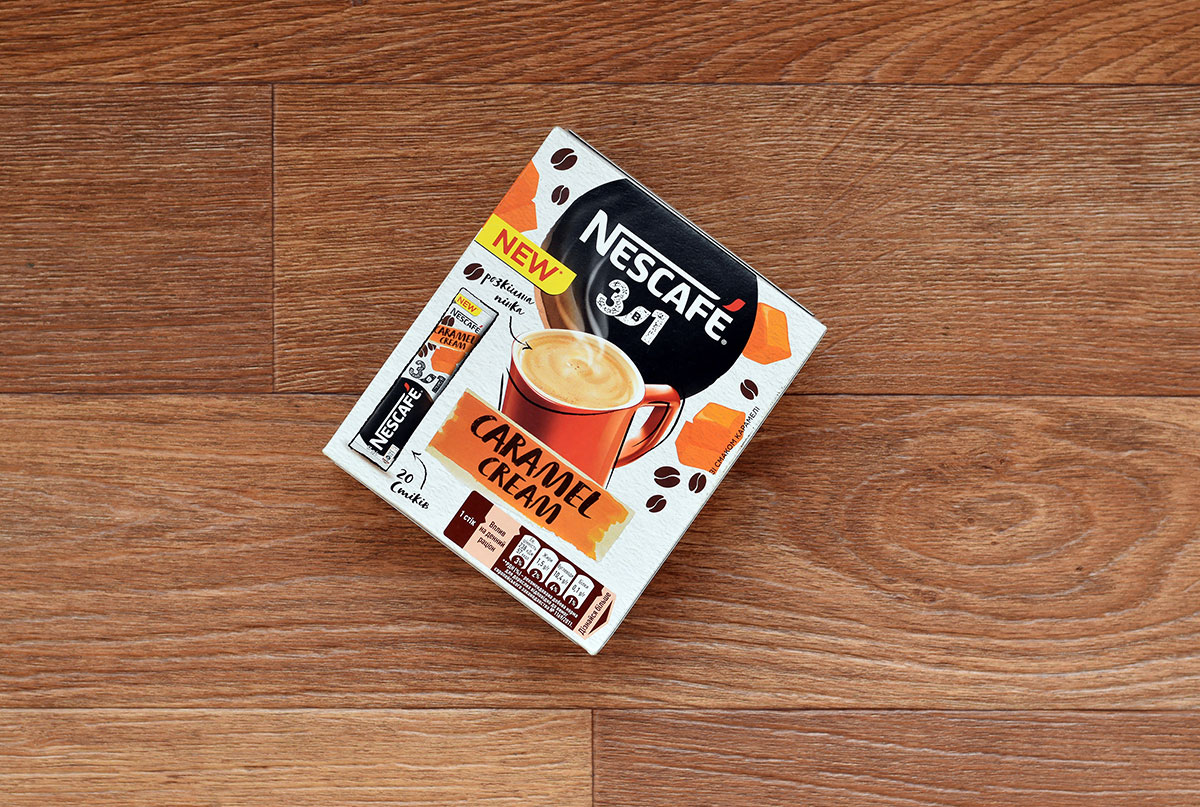Packaging size may be one of the biggest questions you have about your product. This is especially true for food. You may wonder if it is ideal to use single-serve or family-size packages. There is no hard and fast rule for single-serve packaging. Instead, think about the following factors when deciding if you should give it a try.
Understand the Pros and Cons of Single-Serve Packaging
One of the most important places to start when deciding if you should offer single-serve packaging is understanding the pros and cons for you and your consumers.
Pro: Serving Sizes Are Simple
If your packaging contains a single serving, customers can easily keep track of the amount they are eating. After all, people are notorious for taking more than the prescribed single serving when eating out of a large bag of chips or any other kind of food. This can be great from a health perspective, as it prevents overeating and promotes mindful eating.
Con: You Don’t Leave Room for Half Servings
Each individual has different capacities for food. A child will need a much smaller serving size than an adult. Or an athlete will need a larger serving size than someone who is sedentary. The challenge is how to cater to all kinds of appetites with single servings.
Pro: You Can Market Healthy Serving Size
As mentioned, the fact that the serving size is limited can be good from a health perspective. It can help prevent your customers from overeating. You can even highlight that from a marketing perspective.
Con: It May Sell Less of Your Product
If you put aside the opportunity to market your single-serving as a healthy option, you may ponder what it means for your bottom line. Customers who prefer to eat larger portions may not feel like they are getting enough. Simply put, if you have a single-serving package, it’s harder to take advantage of the fact that a solo customer may eat an entire family-size serving on their own. You may not make as much profit from this standpoint. From a financial perspective, your brand’s executives may object to this strategy if it impacts your bottom line.
Pro: It Adds Convenience
Single-serve packaging can be incredibly convenient for consumers. They wouldn’t have to worry about portioning out smaller servings for each person. Also, the packaging is very portable.
Pro: It Keeps Items Fresh
For food items like chips or cookies, single-serve packages keep the food fresh for longer.
Con: It Requires More Packaging per Serving
If you compare a single-serving bag or box of your product to a family-size version, single servings will use more packaging materials for every serving. This leads to an increase in your production costs and the quantity of materials you need to source.
Both a Pro and Con: Pricing
Single servings give you an opportunity to boost your profit margins on this type of packaging. However, because you have to use more materials, you will have to increase the price per serving.
If Unsure, Try a Short Run as a Test
The good news is that you don’t have to commit to adding single-serve packaging to your lineup. You can always opt to try it out for a short run and use it as a test to see how customers will respond. Your customers’ feedback will help you decide whether or not to apply this type of packaging long-term.
Conclusion
Single-serve packaging adds convenience for customers, but it also requires more materials, increasing your costs and impact on the planet. It would be wise to consider your customers and their preferences when deciding if it is right for you.




